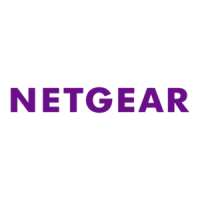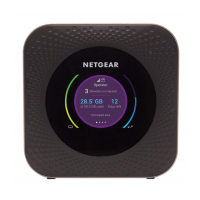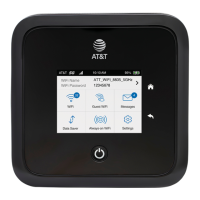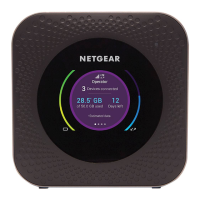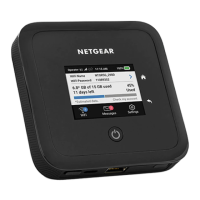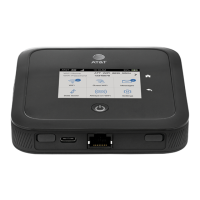Reference Manual for the Model MR814 Wireless Router
3-2 Preparing Your Network
• All versions of UNIX or Linux include TCP/IP components. Follow the instructions provided
with your operating system or networking software to install TCP/IP on your computer.
In your TCP/IP network, each computer and the router must be assigned a unique IP addresses.
Each computer must also have other TCP/IP configuration information such as a subnet mask, a
domain name server (DNS) address, and a default gateway address. In most cases, you should
install TCP/IP so that the computer obtains its network configuration information automatically
from a DHCP server during bootup. For a detailed explanation of the meaning and purpose of
these configuration items, refer to “Appendix B, “Networks, Routing, and Firewall Basics.”
The Model MR814 router is shipped preconfigured as a DHCP server. The router assigns the
following TCP/IP configuration information automatically when the computers are rebooted:
• PC, Macintosh, or workstation IP addresses—192.168.0.2 through 192.168.0.254
• Subnet mask—255.255.255.0
• Gateway (the router) address —192.168.0.1
Configuring Windows 95, 98, and ME for TCP/IP Networking
As part of the PC preparation process, you need to assure TCP/IP is installed and configured on
each networked PC. Before starting, locate your Windows CD which you may need to insert
during the TCP/IP installation process.
Installing or Verifying Windows Networking Components
To install or verify the necessary Windows components for TCP/IP networking follow these steps:
1. On the Windows taskbar, click the Start button, point to Settings, and then click Control Panel.
2. Double-click the Network icon.
The Network window opens, which displays a list of installed components:

